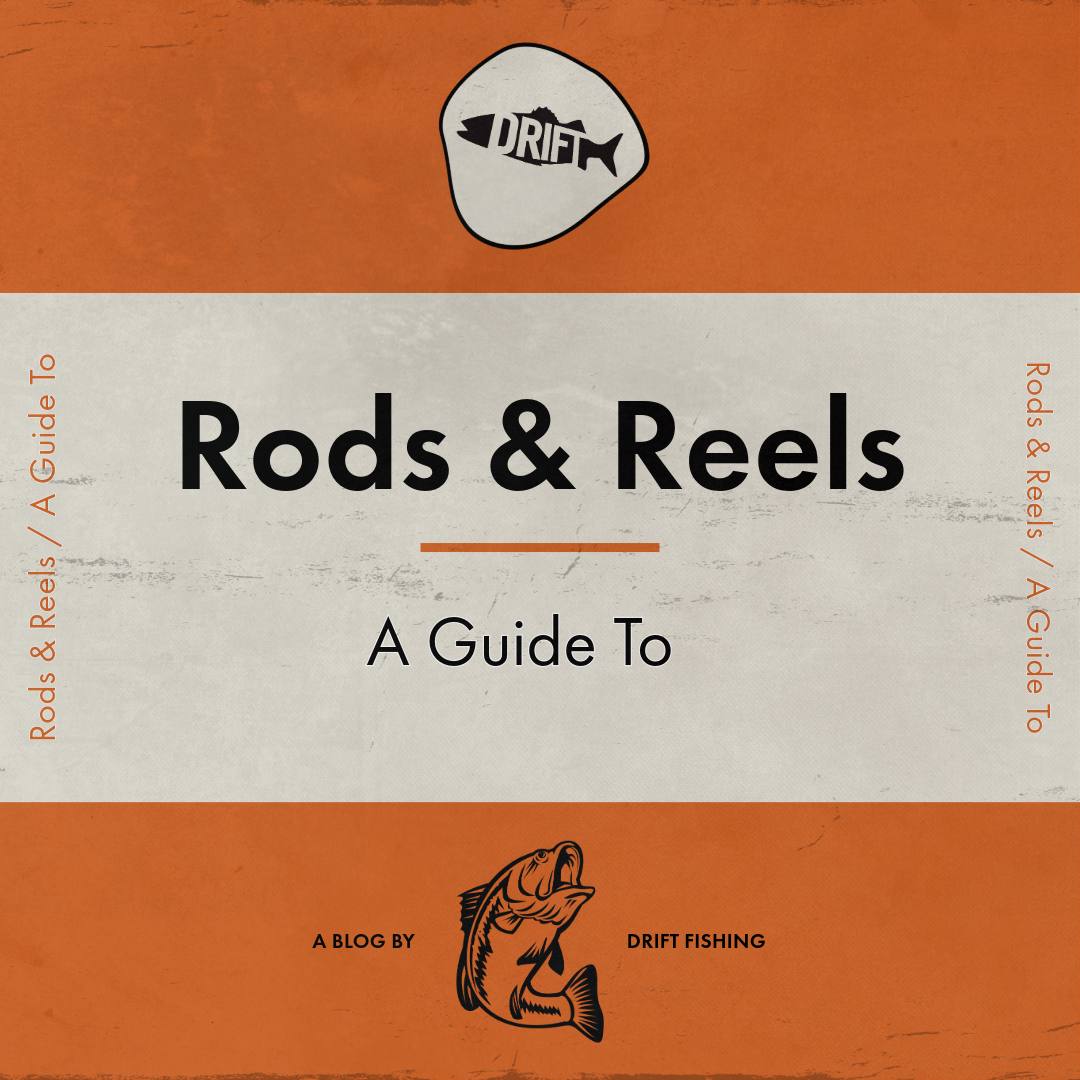Rods & Reels
Welcome back to our 10 part blog series, and this week we’ll be discussing the varying options available to you as a lure angler when it comes to the types of Rods & Reels you can get. It can be quite overwhelming when trying to decide what to choose, and option paralysis is a real thing, so stay with us throughout and we’ll guide you to making the right choice for yourself.
Rods
First, let’s focus on the rods we’re likely to come across when looking for something to cast out our lures!
Weight plays an important part in lure fishing, as we want to be agile and mobile, which means we want something light but durable enough to cast a long way. Weight is also important in terms of what we’re casting - we’ll always look at how much a lure weighs (in grams) and our rod will have a ceiling at which it will no longer perform optimally if you surpass its weight class.
Let’s define what style of fishing you’ll be doing most:
LRF
LRF (light rock fishing) is a style of lure fishing that requires an extremely light and sensitive short rod that’s able to flick lures over rocks and weed beds. If you see yourself mainly fishing from sea defences, high walls and from short piers, LRF rods are the one for you! You’ll be able to find these in price categories that range from beginner to high end.
Shoreline Rods
Casting from the shore is an enjoyable exercise, if nothing else! So with that being said, you’d want a rod that was lightweight and durable. 5g to 40g and around 9ft is perfect for many forms of shore fishing. Whether you want to cast a metal a fair way from your mark, or simply run a soft plastic through a weed bed, having a rod that can adapt to multiple applications is essential. You’re never as active as you are during this type of fishing so that’s definitely something to bear in mind when making your rod purchase.
Boat Rods
As you’ll be further out at sea, where the depths can plummet to sometimes unreachable levels, bigger fish are a huge factor in how we approach thinking about what rod we need. You’ll definitely need a rod that’s able to handle more of the extremities you’ll be faced with. The use of the heavier lures (to reach the bottom) is further going to inform the weight grade of the rod we need so that’s definitely something to consider. There are lures on the market that clock in at 100g or heavier, so you’ll need a rod that can handle that & a fish on the end of it. Boat rods tend to be shorter and punchier as you won’t have so much room to work with.
Travel Rods
To fit in a suitcase you are looking for something that is 4 pieces and can adapt to the different types of fishing you are going to be doing. Your holding fishing scenes are likely to be a mixture of shore and boat work so a medium length around 8.5 foot with a casting weight up to about 60g could be ideal depending on the situation.
Kayak Rods
Shorter than beach rods, Kayak rods (for ease of use) tend to range from as little as 4ft to 7ft. This is to ensure you can catch and release fish as easily as possible, as with a bigger rod things can get awkward!
Reels
Now let’s turn our attention to reels, and what we can expect when looking to purchase the one thing that can best determine whether we catch fish or not. In my mind, a good reel is a necessity. It’s the game changing element that every fisherman should take into account when on the hunt for something new. If you’re familiar with fishing (in any form) you’ll be aware that reels are rated in size from 1000 to 5000 and bigger. A general rule of thumb is that the smaller the fish you’re targeting, the smaller the reel size.
With Bass, as the size can vary quite dramatically (because all sizes hunt and are catchable), it’s better to have a reel that sits somewhere in the middle of the sizing guides.
Therefore, around a 2000 to a 3500 sized reel is great for bass fishing from the shoreline and from a boat. If you’re targeting the deep, a bigger reel would perform better, but that’s something you’d have to look at on a situational basis.
Next, you’d just be looking at the cost of things. Obviously the more expensive reels are going to be made with better materials that can withstand a lot of stress and tension, and won’t get destroyed by the onslaught of salt water. Trust me, salt water ruins EVERYTHING. So when it comes to expense, I’d suggest your reel is the one thing you should really consider when purchasing a brand new set up!
Join us again next week for another instalment in our Guide to Bass Fishing with Lures where we’ll be discussing setting out and finding the mark that will have you going back time and time again to meet with these wonderful creatures!



1 comment
Good article , nodding in agreement about the false economy of cheap parts in reels.
8ft rods good when rock hopping. 9ft in estuaries and surf for me. I’m seeing some lure anglers even returning to 10ft plus rods so lots to choose from. Look forward to next weeks article.